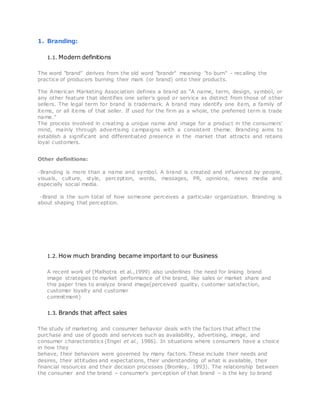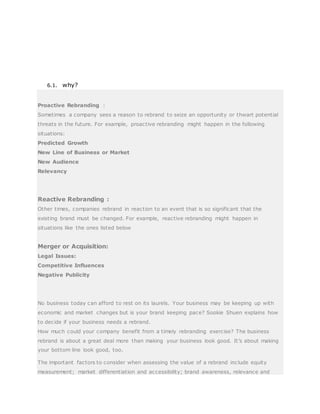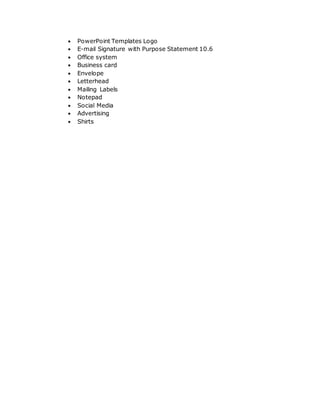1. The document discusses branding, defining it as creating a unique name and image for a product that attracts and retains loyal customers. It involves factors like a company's name, logo, messaging, and social media presence that shape consumer perception.
2. Brand image, including a product's name, features, and functions, is key to how consumers choose between alternatives. Consumers often choose brands that align with their self-image and lifestyle. Symbolic brand attributes can be more important than physical characteristics.
3. In business-to-business contexts, buyers may have to justify their product choices to others. Their reference to a company's brand via its website and materials can help make the case for choosing that company
























